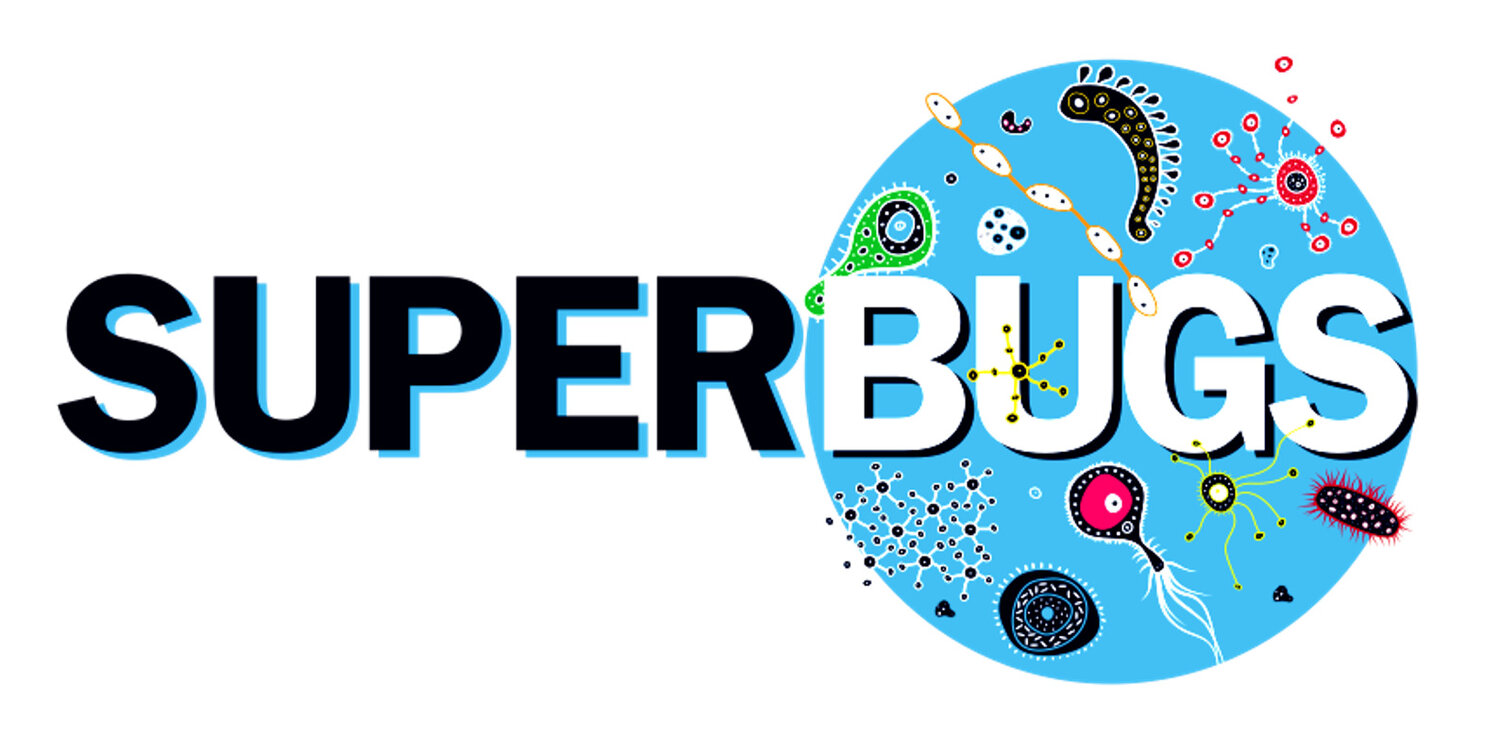
Vaccination

A triumph of modern medicine and science. 💉
Vaccines do something very clever. 🤓
They take advantage of the immune system’s ability to remember previous infections and develop what we call ‘protective immunity’ — a protection against getting the same infection again.
Essentially, vaccines aim to induce an immune response against a pathogen that is very similar or often even better than the immune response during the infection itself.
This can be a full protection, meaning in most cases you don’t get sick at all when you catch the infection. Or it can be a partial protection, meaning you don’t get as sick as someone without the vaccine.
In order to do that, there are two main options:
Often you receive a safe and harmless (‘attenuated’) live version of the original pathogen, which still causes a mild infection (and which in many cases you won’t even notice).
Other vaccines just contain bits and pieces from the pathogen, which won’t cause a live infection but the immune system will still mount a protective immune response against them. This can use mashed-up inactivated bacteria or viruses, purified components such as viral proteins, or a molecule called mRNA.
In most vaccines, the protection against infection is achieved by the production of specific antibodies against the pathogen and the generation of memory T-cells and B-cells. This memory can persist for many years, sometimes even for life! In other cases, your immune system may need a ‘booster’ as a reminder of what the pathogen looks like.
A bit like you having to revise before a school exam.
8 December 2020: 90-year old Maggie Keenan from Coventry is the first person in the world to receive the newly approved Covid-19 vaccine.
If you want to learn more about vaccinations, please visit our download section with fantastic online resources, including the British Society for Immunology’s “Guide to childhood vaccinations” and Public Health England’s “Visual Guide to Vaccines”.

Congratulations!
You have reached the end of our Adventure Trail.
What do you want to do now?
Go back HERE to our main menu
➡️ Being A Scientist
The world needs scientists – but what do they actually do?
➡️ Story Time
Enjoy the stories behind some of the most important scientific discoveries in history.
➡️ Superbugs Wordle
Try to solve our 'Wordle' puzzles in as few tries as possible!




